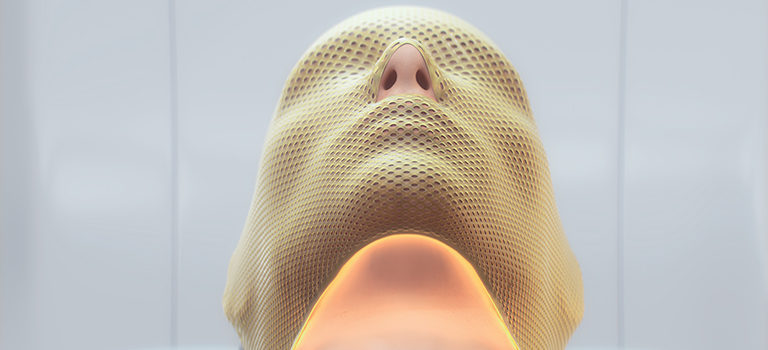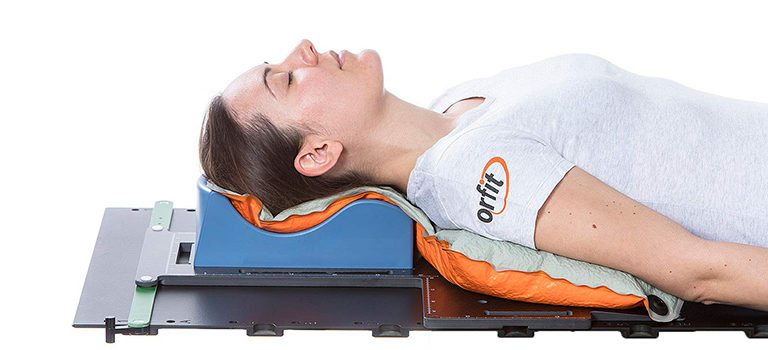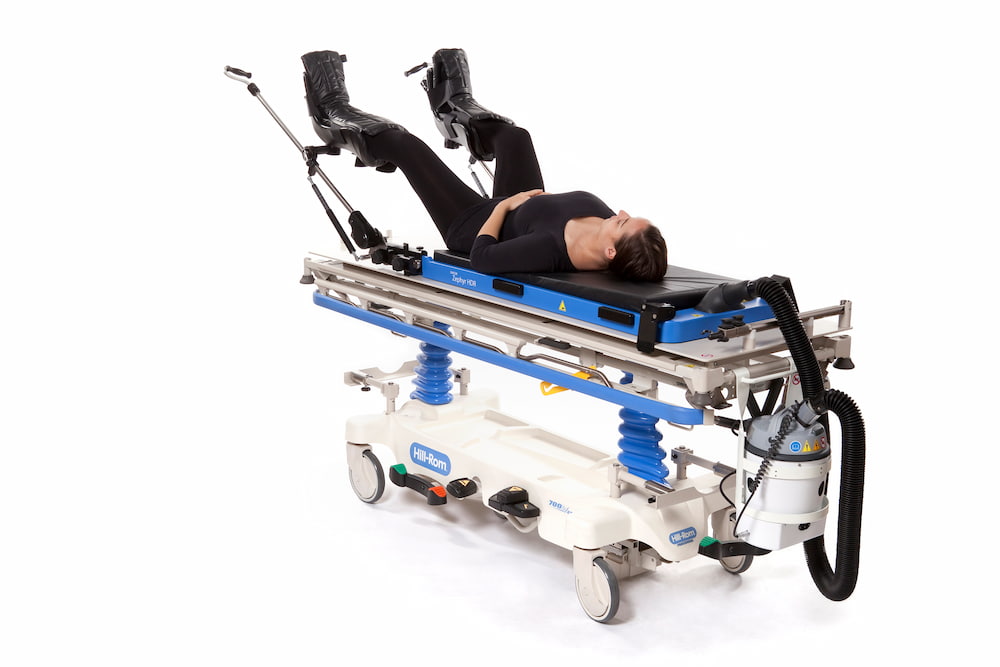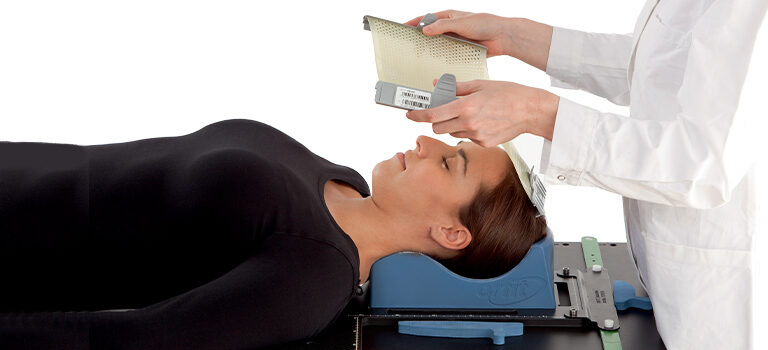
MR-Guided Brachytherapy with the Zephyr Patient Positioning and Transfer System
For Improved Patient Care and Staff Safety
Advancements in technology make brachytherapy a highly effective option for destroying cancer cells, but accurate patient and applicator positioning is essential to minimize the chance of radiation toxicities. The Zephyr Patient Positioning and Transfer System makes it easy and efficient to set up, scan, plan, transfer, and treat patients in the same position — keeping the patient comfortable, while minimizing the risk of movement.
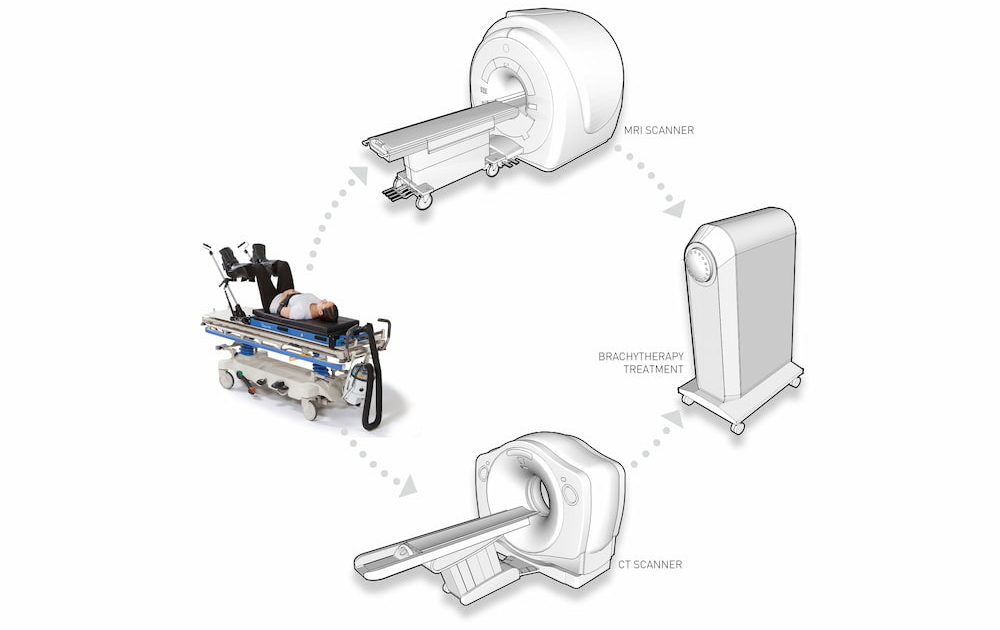
How does MR Imaging improve treatment accuracy?
The imaging modality traditionally used in radiation oncology is computed tomography (CT) imaging. But because a tumor and surrounding soft tissue organs have similar physical characteristics, it can be very difficult to identify a tumor’s boundary. The accuracy and precision required to safely deliver radiation therapy make this an even more challenging feat.
MR Imaging is unique, in that it can be used to determine the boundary of a tumor and other soft tissue very accurately. The high magnetic field required to create an MR image can, however, make it challenging to deliver a patient treatment. This is where the Zephyr system offers a solution.
How does the Zephyr Patient Positioning System help deliver better treatment?
Zephyr makes it easy to transfer a patient from a treatment room to an MR imaging suite and back again, while keeping the patient in the position required for treatment. A Zephyr system consists of a hoverboard, blower, and stretcher, which together allow the patient to be transferred onto and off an MR couch top.
What a treatment with Zephyr looks like
A typical treatment procedure would start with the patient being positioned on a Zephyr HDR Hoverboard using MR safe positioning devices and stirrups. Once positioned, a physician can place a brachytherapy treatment applicator, which will be used to guide the radiation source to the tumor during treatment.
Once the applicator is in place, the patient is transferred onto a Zephyr stretcher and moved to the MRI. When imaging has been completed, the process is reversed— the patient is brought back to the treatment room and the treatment is delivered. The Zephyr system allows clinicians to use more accurate MR imaging to deliver a more precise treatment, while ensuring that the patient is comfortably supported in the treatment position during the entire setup, imaging, and treatment process.
How does the Zephyr Patient Positioning System improve staff safety?
Traditionally, if a patient needed to be transferred onto an imaging table, a pad or sheet would be placed under the patient. A group of several nurses or therapists would be required to drag the patient from one table to another. Not only would the movement jostle the patient out of position, but there would also be a risk of injury for the clinical staff.
With the patented Zephyr hover technology, a single nurse can easily float a patient between a stretcher and an imaging or treatment table.
Interested in learning more?
Learn more about the Zephyr Patient Positioning and Transfer System, or contact Orfit to connect with a clinical product specialist.
If you’d like to receive the latest product updates and interesting Orfit news, subscribe to our newsletter:

